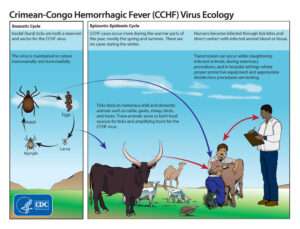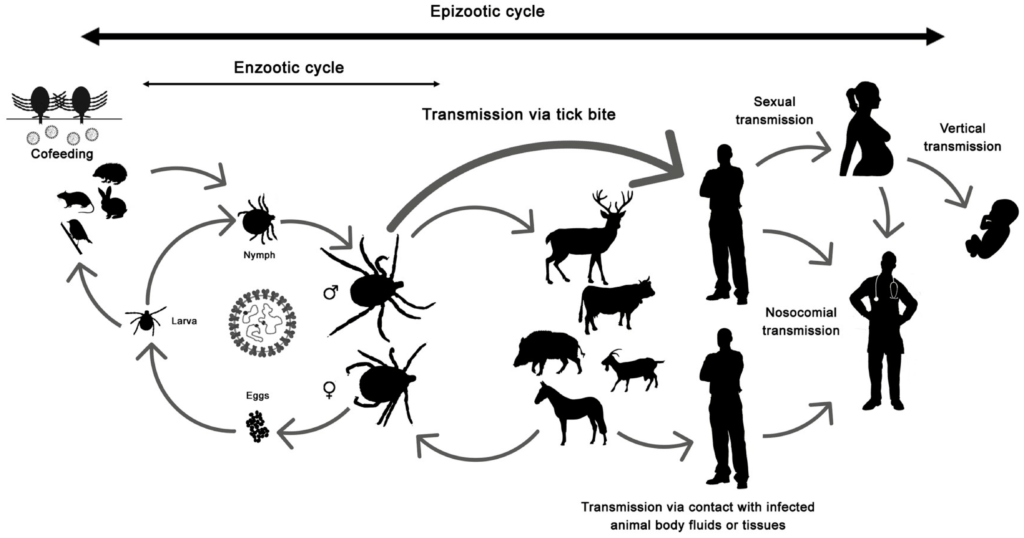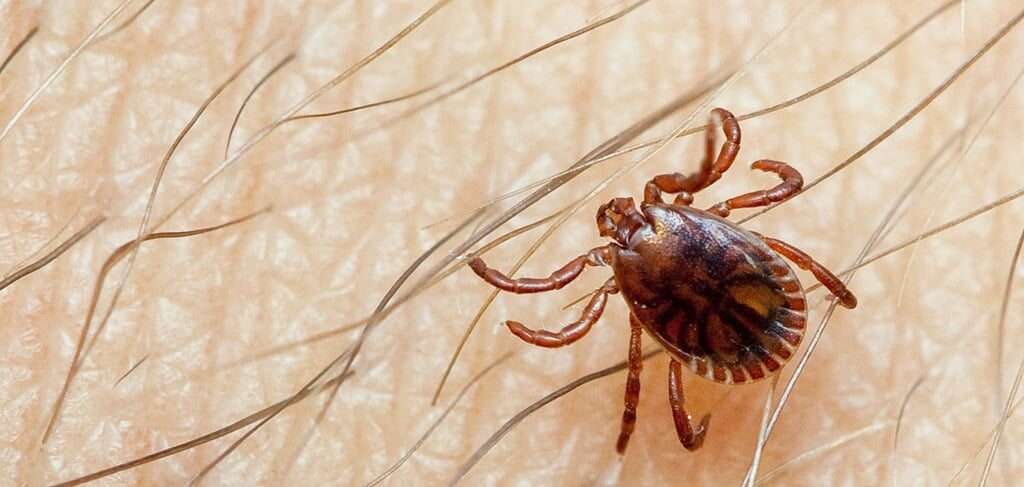Introduction
The sprawling province of Balochistan, Pakistan’s largest, has been grappling with mounting concerns in recent times. Crimean-Congo Hemorrhagic Fever (CCHF), a highly contagious viral disease, has been making increasingly frequent appearances in the region. Recent developments, including a surge in suspected cases and the tragic loss of a dedicated doctor, have underscored the urgency of addressing this growing threat. In this article, we will delve into the latest updates on CCHF in Balochistan, its impact on the local community, and the critical measures being taken to combat its spread.

Understanding the CCHF Virus: A Relentless Foe
The Crimean-Congo Hemorrhagic Fever is caused by the CCHF virus, a formidable adversary that primarily targets humans through tick bites or contact with the blood of infected animals. Balochistan’s expansive landscape and its substantial livestock population, including cattle, sheep, and goats, provide an ideal environment for this virus to persist and proliferate. Recent reports indicate that the province has witnessed a significant upswing in suspected cases of Crimean-Congo Hemorrhagic Fever, signaling a cause for grave concern.https://thebalochistanupdates.com/congo-virus-outbreak/
The Growing Challenge: Recent Developments in CCHF
In Balochistan, recent developments related to CCHF have been both concerning and heart-wrenching:
- Surge in Suspected Cases: Balochistan is currently facing a surge in suspected CCHF cases. Alarmingly, approximately 80 individuals have displayed symptoms associated with the virus. This surge has sent shockwaves through the local healthcare system and the broader community.
- Tragic Loss of a Doctor: Perhaps the most poignant and somber update is the tragic death of a male doctor who had been tirelessly treating CCHF patients. His selfless dedication to his patients led to his exposure to the virus, ultimately resulting in his untimely demise. This tragic loss serves as a poignant reminder of the incredible risks faced by healthcare workers on the frontlines.
- Underreporting Challenges: One of the pressing challenges in Balochistan is the underreporting of CCHF cases. Limited awareness, resources, and the reluctance to report cases have all contributed to the virus’s unchecked spread in some areas. This underreporting underscores the dire need for improved surveillance and reporting mechanisms.
- The strain on Healthcare Facilities: The healthcare facilities in Balochistan are grappling with immense strain due to the influx of suspected CCHF cases. The limited healthcare infrastructure presents formidable challenges in terms of effectively detecting, managing, and isolating patients.
Immediate Response and Preventive Measures
In light of these concerning developments, an immediate response and a comprehensive set of preventive measures are of paramount importance:
- Urgent Healthcare Support: The healthcare system in Balochistan requires immediate support to cope with the rising number of suspected CCHF cases. This support should encompass not only additional medical facilities but also well-trained healthcare personnel and a sufficient supply of personal protective equipment (PPE).
- Comprehensive Awareness Campaigns: Public awareness campaigns must be intensified to educate the residents of Balochistan about the risks associated with CCHF and the necessary precautions to take. These campaigns should be designed to empower individuals to identify and promptly report suspected cases of Crimean-Congo Hemorrhagic Fever in Balochistan.
- Enhanced Surveillance: Strengthening surveillance and reporting systems is not just a suggestion; it is an absolute imperative. The early detection and isolation of CCHF cases are crucial in preventing further spread.
- Protecting Healthcare Workers: Healthcare workers, the unsung heroes on the frontlines, must be provided with more than just accolades. They need to be equipped with adequate PPE and comprehensive training to safeguard themselves while treating CCHF patients.
- International Collaboration: Collaborative efforts with international health agencies and research institutions should be an ongoing endeavor. The quest for a better understanding of the virus, its modes of transmission, and potential treatment options should remain a shared global objective.
Conclusion
The recent surge in suspected CCHF cases and the tragic loss of a dedicated doctor in Balochistan underscore the gravity of the situation. With prompt response and comprehensive preventive measures, the province can better protect its residents from the looming threat of Crimean-Congo Hemorrhagic Fever.
Balochistan must not only receive the support it needs from national and international health agencies but also embark on a path of strengthening healthcare infrastructure, increasing awareness, and enhancing livestock management.
In this battle against CCHF, the province’s vigilance, collective efforts, and international collaboration are indispensable in mitigating the impact of this formidable virus and ensuring the safety of its people and healthcare heroes. While the journey ahead may be challenging, it is through such challenges that communities come together and emerge stronger and more resilient.

FAQS:-
1. What is Crimean-Congo Hemorrhagic Fever (CCHF), and how is it transmitted?
Answer: CCHF is a viral disease primarily transmitted to humans through tick bites or contact with the blood of infected animals.
2. Why is Balochistan facing a surge in suspected CCHF cases?
Answer: Balochistan’s vast livestock population and environmental factors create an ideal environment for the CCHF virus. Recent reports indicate a significant rise in suspected cases.
3. Can you explain the tragic loss of the doctor treating CCHF patients in Balochistan?
Answer: A male doctor’s selfless dedication to his CCHF patients led to his exposure to the virus and, sadly, his untimely demise, highlighting the risks faced by healthcare workers.
4. What challenges does the underreporting of CCHF cases pose in Balochistan?
Answer: Underreporting due to limited awareness and resources hampers efforts to control the virus’s spread, underscoring the need for improved surveillance and reporting.
5. What immediate response and preventive measures are being taken to combat CCHF in Balochistan?
Answer: Urgent healthcare support, comprehensive awareness campaigns, enhanced surveillance, protection of healthcare workers, and international collaboration are key measures being implemented.


